
Fast, affordable Internet access for all.

The Rural Digital Opportunity Fund (RDOF) was supposed to drive affordable fiber into vast swaths of long-underserved parts of rural America. And while the FCC administered program accomplished some of that goal, a multitude of problems have plagued the program since its inception, putting both current and future broadband funding opportunities at risk.
The $20.4 billion RDOF program was created in 2019 by the Trump FCC as a way to shore up affordable broadband access in traditionally unserved rural U.S. markets.
The money was to be doled out via reverse auction in several phases, with winners chosen based on having the maximum impact for minimum projected cost.
During phase one of the program, the FCC stated that 180 bidders won $9.2 billion over 10 years to provide broadband to 5.2 million locations across 49 states and the Commonwealth of the Northern Mariana Islands.
But, according to ILSR data, roughly 34 percent of census blocks that won RDOF funding–more than $3 billion in awards – are now in default. All told, 287,322 census blocks were defaulted on by more than 121 providers as of December 2023.
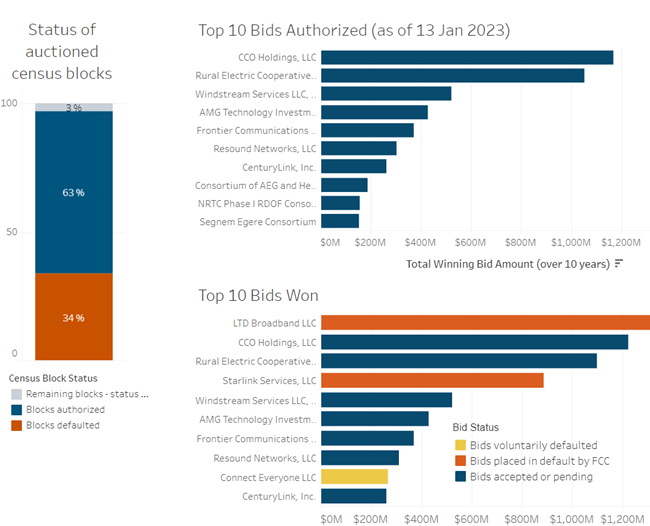
The defaults are only one part of a larger problem: namely that many communities bogged down in RDOF program dysfunction may risk losing out on the historic amount of federal funding to build modern broadband networks (BEAD) made possible by the 2021 bipartisan infrastructure law.
One Big Giant Mess
As ILSR predicted at the time, the program’s messy implementation–combined with widespread corruption – made for some ugly results. Numerous bigger companies intentionally underbid on projects they couldn’t actually complete in order to elbow out smaller providers and monopolize federal awards. Some couldn’t afford deployment due to rising costs. Others just completely misled the FCC as to their ability to execute while ignoring program rules.
Some companies (Starlink and LTD Broadband, for example) were broadly criticized for program applications that played fast and loose with FCC rules and factual reality, nabbing $2.5 billion in subsidies for broadband projects that were not properly vetted.
Starlink’s applications attempted to game the FCC program to receive nearly a billion dollars in order to deliver broadband to places like airport parking lots and traffic medians. LTD Broadband (since renamed Gigfire) defaulted on $1.3 billion in awards after it became clear the company violated program rules and was unable to convince the FCC that it could actually manage a build orders of magnitude larger than it had ever built.
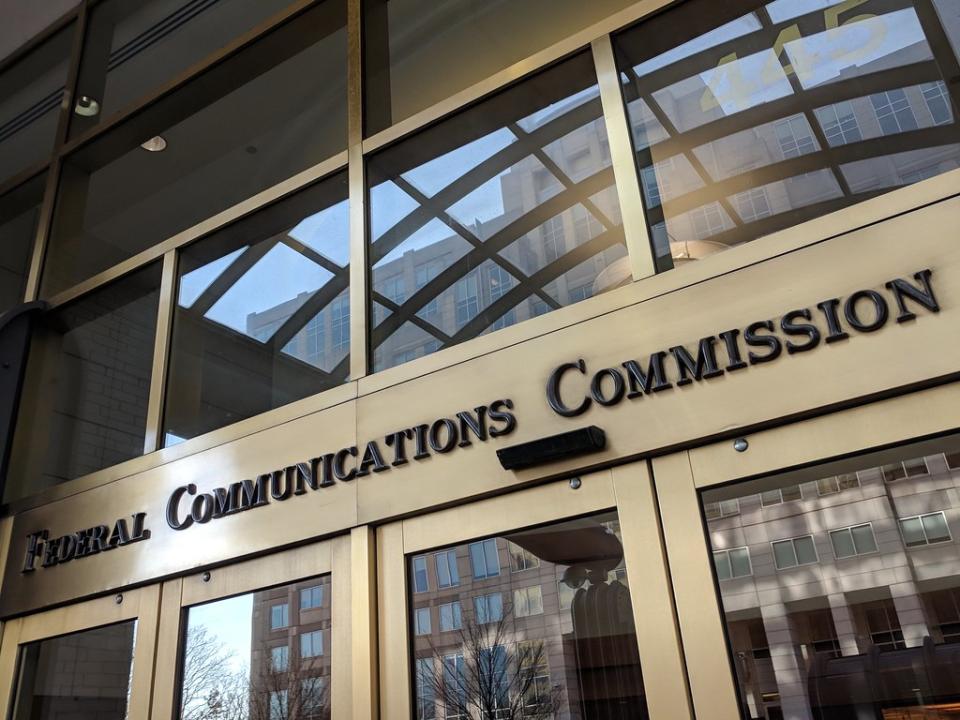
The FCC has spent several years trying to clean up the mess, withdrawing awards and issuing millions in fines against providers. But enforcement remains bogged down in bureaucracy and legal infighting, and the defaults just keep on coming.
French-owned cable company Altice was the latest, sending a letter to the FCC last week announcing it would be defaulting on 18 census block groups in Louisiana, where it initially won RDOF funding to deploy 100/20 Mbps service.
“Altice reserves and retains its rights to seek relief from any penalties, including waiver of the Commission’s rules, as well as seek other relief as may be necessary,” the company said.
When One Sloppy Program Potentially Breaks Another
The FCC has been widely criticized for not doing a better job screening RDOF applicants and relying too heavily on winning bidders’ long-form applications submitted after the actual auction.
But the most pressing problem involves the fact that communities bogged down by RDOF defaults may not be eligible for $42.5 billion in BEAD broadband subsidies contained in the 2021 infrastructure bill, separately managed by the NTIA.
NTIA rules indicate that areas promised broadband through RDOF are not eligible for BEAD funding. States’ allocation of grant funds for broadband investments also assumed RDOF areas were not eligible for BEAD, changing the amount of money each state received from the federal funding program. That means that many communities – by no fault of their own – could be disqualified from one of the biggest broadband subsidies in U.S. history.
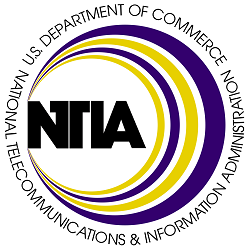
“Where RDOF and CAF [Connect America Fund] money has been committed are considered ‘served’ for purposes of BEAD funding,” Gigi Sohn, former FCC staffer and executive director of the American Association for Public Broadband (AAPB), tells ILSR. “At a minimum, areas where grantees have not met their required build out schedules should not be considered ‘served.’”
Two states – Alabama and Florida – have waivers before the NTIA asking that their RDOF service areas be classified as “underserved” given the shifting reach of RDOF and potential conflicts (both temporal and financial) with BEAD. The waivers would allow BEAD funding to be leveraged in RDOF/CAF II areas where the awardees have not yet built.
“It is curious to me why it has not done so – it would be the better cure for the problem,” Sohn said. “But my understanding is that NTIA has no appetite to grant the waivers or give that kind of flexibility to the states.”
Last February, Sohn joined a broad coalition of more than 70 broadband industry groups, ISPs, community leaders and nonprofits, who wrote a letter to the FCC asking the agency to create an amnesty program for RDOF winners to relinquish their awards with reduced penalty. The goal: to expedite the process and ensure those areas are made available for BEAD funding.
The letter noted how some providers insist that ballooning construction costs made their original bids infeasible. Others, the authors note, “simply sat on the money,” preferring to “make interest on their awards rather than building networks.”
“Regardless of the reason RDOF and CAF II awardees cannot or choose not to fulfill their obligations, the households they were intended to serve are at risk of being left without broadband Internet access entirely because their service areas will also be ineligible for BEAD funding,” the group stated.
Not Everybody is Keen on Forgiveness
Many organizations balked at the idea of forgiveness. The National Rural Electric Cooperative Association (NRECA), which represents nearly 900 rural electric co-ops, sent a letter to the FCC arguing the proposal could set a “dangerous and disruptive” precedent for future programs.
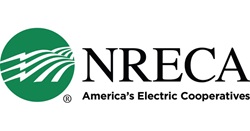
“While some awardees defaulted due to unforeseeable circumstances, many edged out fully capable rural providers through gamesmanship, by deliberately underbidding the competition or being irresponsibly unprepared to undertake a proper broadband buildout," the cooperative coalition wrote.
Others, like Illinois state broadband policy leaders, warned the FCC that full amnesty from the default RDOF penalties risks “considerable moral hazard consequences” and “would substantially harm the goals of the BEAD Program by expanding the number of locations requiring BEAD support with no commensurate increase in BEAD funding.”
Small rural cable providers, represented by NTCA – The Rural Broadband Association, also filed comments with the FCC expressing concern about blanket RDOF forgiveness.
“A straightforward grant of ‘amnesty’ for RDOF or CAF Phase II support recipients without any conditions or consequences would put at risk what the auction programs could still achieve,” the group wrote,” potentially creating “perverse incentives that reward gaming in the form of attempts to ‘hop’ between funding programs.”

To address this, the NTCA proposed two conditions for any default forgiveness: that defaulting providers still be required to pay meaningful penalties, and that they be prevented from re-bidding on defaulted locations via other state and federal subsidy programs.
Sohn has been quick to argue that the proposal for default forgiveness shouldn’t be viewed as a “get out of jail free” card for defaulting providers, but as more of a swift kick to dislodge the current bureaucratic logjam. She also supported the idea of restrictions preventing the same providers that defaulted on RDOF bids qualifying for BEAD money for the same locations.
“I agree that anyone who takes advantage of an amnesty period should not be able to apply for BEAD funding for the same locations,” she said. “Otherwise you’d have ISPs turning in the locations they underbid on so they can get bigger BEAD money.”
The timeline for getting any of this right is a narrow one. BEAD proposals have been well underway for the last few years. Some states that have been well ahead of the curve on mapping and preparedness, like Louisiana, are expected to start financing and building projects this year. Other states expect to see funding in early 2025.
“It is a squeeze – but if the FCC acts quickly, many locations could be freed up in time for state BEAD map challenges,” Sohn said. “Some states have started the process, but others have not.”
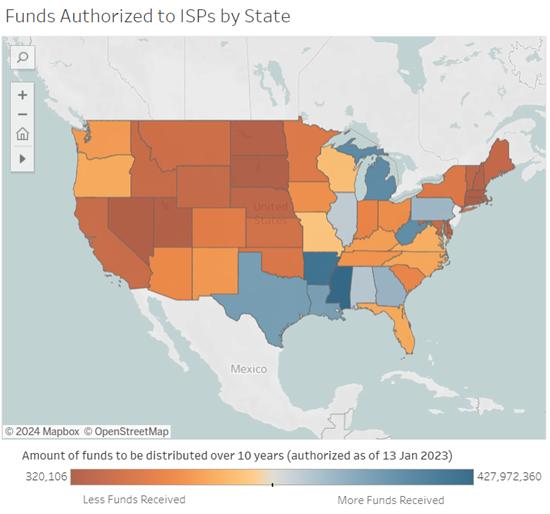
Carol Mattey, an expert on government broadband subsidy programs, provided a detailed framework on LinkedIn for the FCC, NTIA, and states to follow that could help bring transparency and equity to the process. Her proposal begins with the FCC being open and candid about which providers have failed to convert RDOF funding into real world projects.
“The FCC should immediately shed some sunlight on who has failed to report any deployment, on a state-by-state basis with the associated number of locations per state, since receiving their RDOF authorization,” she wrote. “Let’s get that information out in the open, so we all can see how many locations are at risk of being left behind.”
It’s also worth noting the perspective of Jonathan Chambers, partner at Conexon and a former FCC official, who wrote about the issue in a recent newsletter.
“I think the FCC should grant the petition for limited amnesty ... If a community wants to take its chances with BEAD instead of with a company that has an RDOF commitment, I believe they should have that opportunity," said Chambers. "Granting the amnesty petition now will improve the prospects for more co-ops to build more fiber networks."
This delicate and complicated coordination between the NTIA, FCC, states, providers, and municipalities needs to happen quickly and efficiently, or many long-neglected communities could miss out on a generational broadband funding opportunity through no fault of their own.
Header image of caution sign courtesy of Pexels, public domain
Inline image of notice of default book under model courtesy of Picpedia, Attribution-ShareAlike 3.0 Unported
